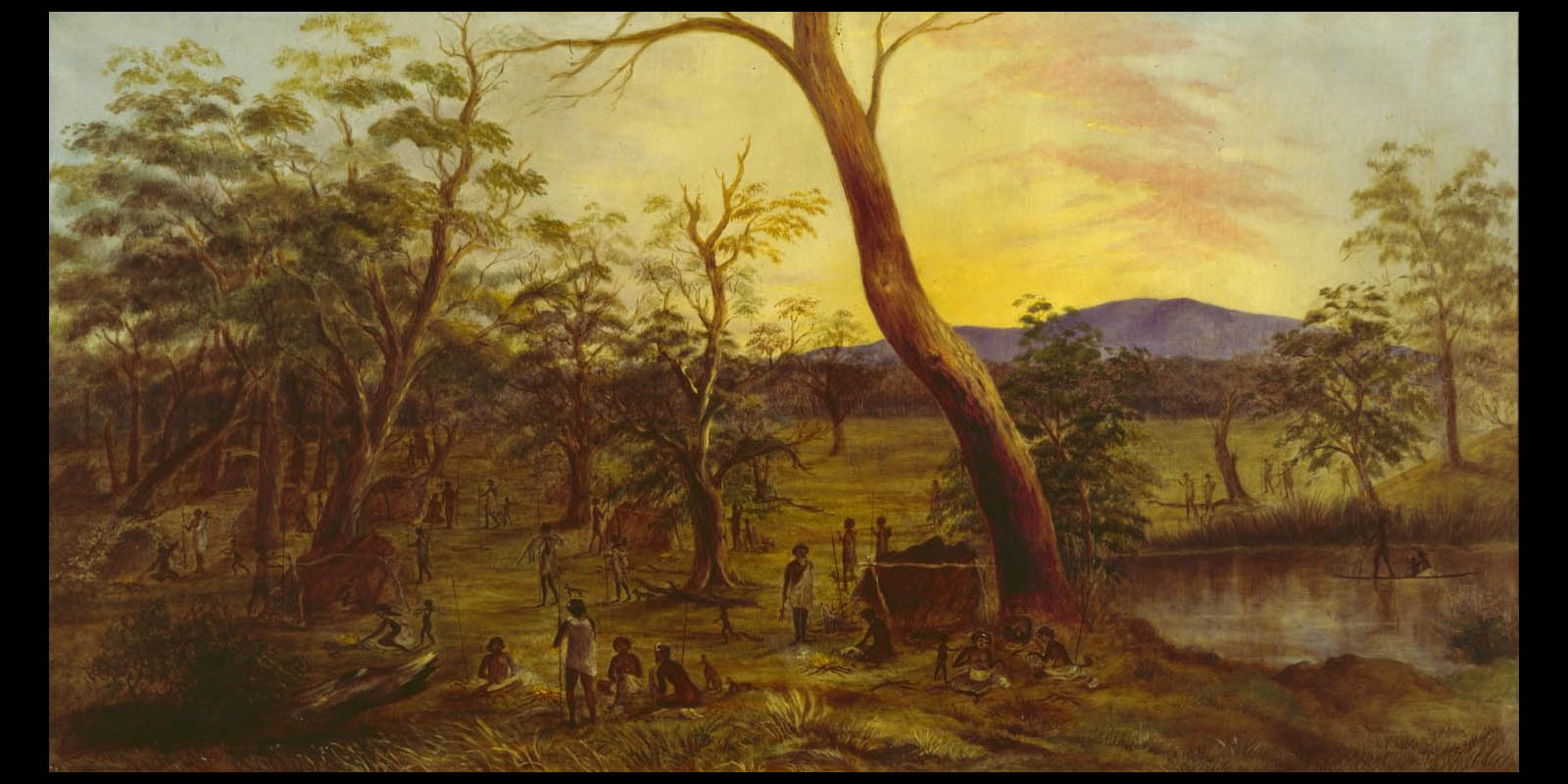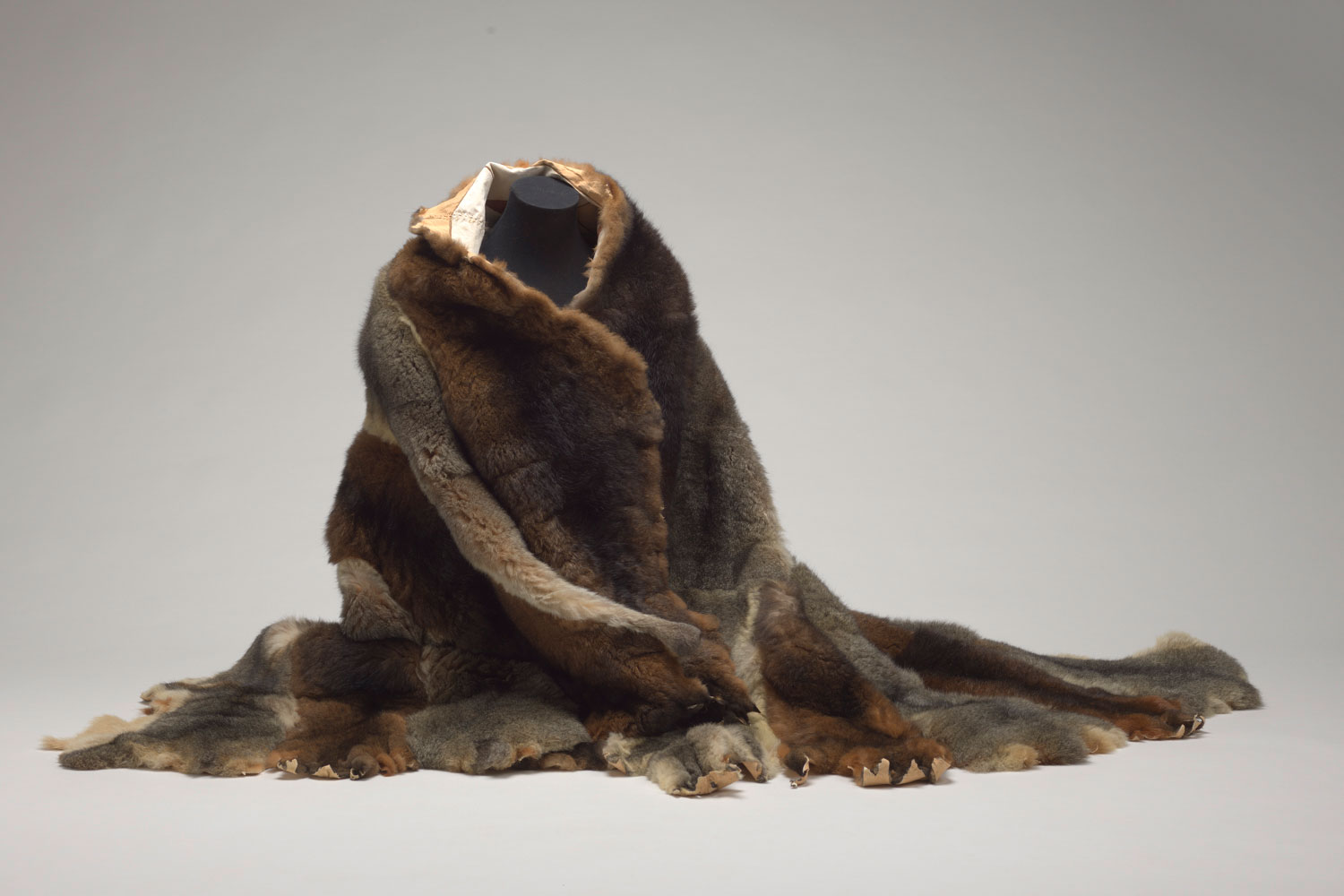Waydjak bunbunarik liwik-nganjin yaraga-ngala dhumbali daada gurnap biik-nganjin yulendj-nganjin
Nganga-ngala biik-nganjin yaraga-ngala burndap gerr ngarrnga buk wilanja-nganjin
Ngala barra gerr-nganjin gilbruk biik-nganjin yarang buk daada gurnap dhumbali biik-dhan buk wilanja-dhana
We are the descendants of our old people and we have an ongoing responsibility to look after inheritance, which is our country and our culture.
We look after our country because we have an intimate relationship like thousands of generations before us had.
We will continue our relationship with respect for our country and teach the new generations that they have the same inheritance and responsibility to their country as every generation before them has had.
We, the Taungurung people (also referred to as Daung Wurrung, the Goulburn River Tribe) have cared for Country since time immemorial. Our Country encompasses the area between the upper reaches of the Goulburn River and its tributaries north of the Dividing Range.


Painting of Taungurung people along the Goulburn Valley. Image source: Museums Victoria.
Clans
The following is a description of Taungurung clans prior to colonisation and an accurate description of each of the clans is complex. Taungurung people consisted of nine clans, sadly there are descendants of only five of those clan groups that survive today.
The nine clans of Taungurung are;
- Budhera-bulok – located on the Goulburn River at Seymour
- Leuk-Yilam – located near Kilmore
- Mum-mum-Yilam – lived west of the Campaspe River, and northwest of Mitchellstown
- Naterrak-bulok – west of the Goulburn River near Seymour
- Nira-bulok – meaning ‘Cave’, Kilmore
- Waring-Yilam-bulok – junction of the Yea River and Goulburn River
- Yaran-Yilam-bulok – east side of the Goulburn River between Seymour and Mitchellstown
- Yiran-Yilam-bulok – located on the Broken River above and below Benalla
- Yawang-Yilam-bulok – located at Alexandria and Mansfield.
Some families have an allocated part of country that they talk for and represent, which is roughly based on the territory associated with each clan before European invasion.
Other Taungurung members and families do not identify with a particular area or clan, but with the country as a whole. In areas that are not associated with one of the family groups, we see ourselves collectively as custodians, with a duty to care for and maintain those areas.
Lifestyle
We are closely affiliated with neighbouring mob, through language, ceremonies and kinship ties. We are part of an alliance with the five adjoining language groups to form the Kulin Nation. Other members of the Kulin Nation are the Woiwurrung, Boonwurrung, Wathaurung, and Dja Dja Wurrung.
We live according to the ways of the land. As the seasons changed we move around to ensure we aresafe and have access to resources.
Farming & Agriculture
Our country provides many resources for us. Food is plentiful around the region’s waterways with emus, kangaroos, possums, wombats, freshwater fish and abundant plant foods that we harvested.
In the springtime we travel to the Alpine peaks to feast on the Bogong Moth. These moths are found seasonally at high elevations, sheltered within the deep crevices between huge masses of granite rocks.
We hunt mammals such as possums, kangaroos and wallabies, wombats, as well as reptiles and birds. We also eat bush tucker like native plants that are found on our land. One of our staple foods are the tubers of the Murnong (Yam Daisy). The easiest time to find the tubers are in summer when the plant is in flower and its bright yellow flowers clothe the tops of the ranges. Other vegetable foods which were food sources are the tubers of Orchids, the native Carrot, the seeds of Native Flax, Fern roots and a number of berries, such as Coprosma species and Native Raspberry.
Roles & Responsibility
We had clear roles and responsibilities within our own clans for the care and protection of each other, our culture and Country, including food and water sources.
Elders assist with the instruction of younger generations in culture, history, and language and furthering of their knowledge and appreciation of their heritage as the rightful custodians of the Taungurung lands in Central Victoria.
What We Wear
The possum skin cloak is a traditional item that is important to our people. The plush possum leather provides warmth and water protection from the harsh winter environment and also serves as baby carriers and to provide comfort for sleeping.
The possum cloak is also used in ceremonies and are adorned with designs which display our stories.
The possum cloaks are gifted to a newborn baby, and each year as the child grows, more skins are added to the cloak so that it grows with the individual over their lifetime. Over this duration the cloaks are often repaired and replaced and upon the person’s death the cloak is either buried with the owner alongside their possessions or passed on to the next generation.


Image Source: AIATSIS, A Possum Skin Cloak.
After Colonisation
Invasion of our Country began in the early 1800's. From that time, our lives changed dramatically and was severely disrupted by colonisation. Mortality rates of our people tragically soared as a result of violence from Europeans, introduced diseases and denial of access to traditional foods and medicines.
At various times, Aboriginal settlements were established in the area by missionaries and governments such as Coranderrk. These however, were eventually dissolved through various government policies.
Taungurung and other members of the Kulin nation were deeply impacted by various government assimilation and integration policies. Despite these injustices, today the Taungurung Clans form a strong and vibrant community. Descendants of five of the original clan groups meet regularly at Camp Jungai – an ancestral ceremonial site.
Many Taungurung people still live on their Country and participate widely in the community as Cultural Heritage Advisors, Land Management Officers, artists and educationalists and are a ready source of knowledge concerning the Taungurung people from the central areas of Victoria.
Sources
The sources used to create the content on this page can be found on Taungurung Further Reading.
